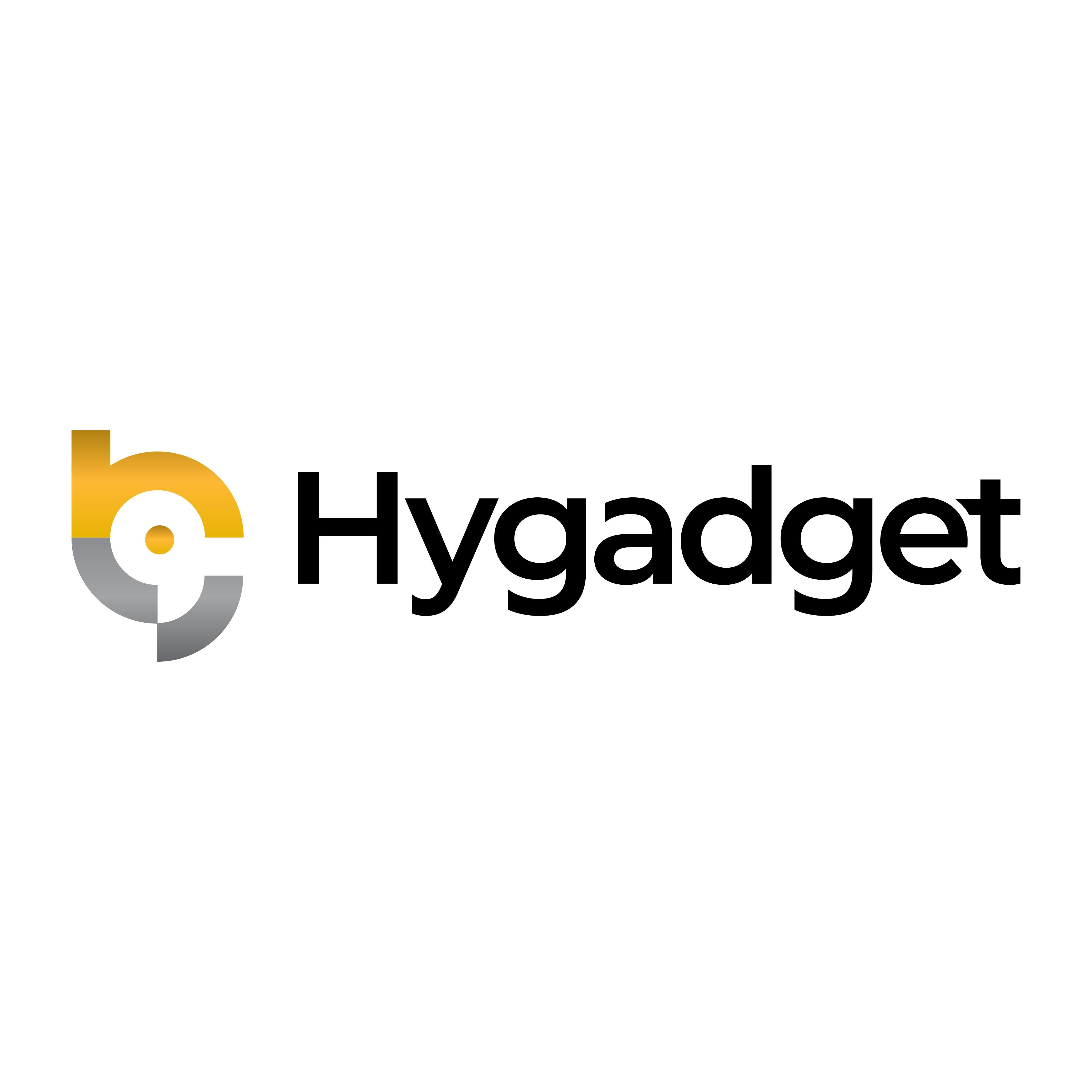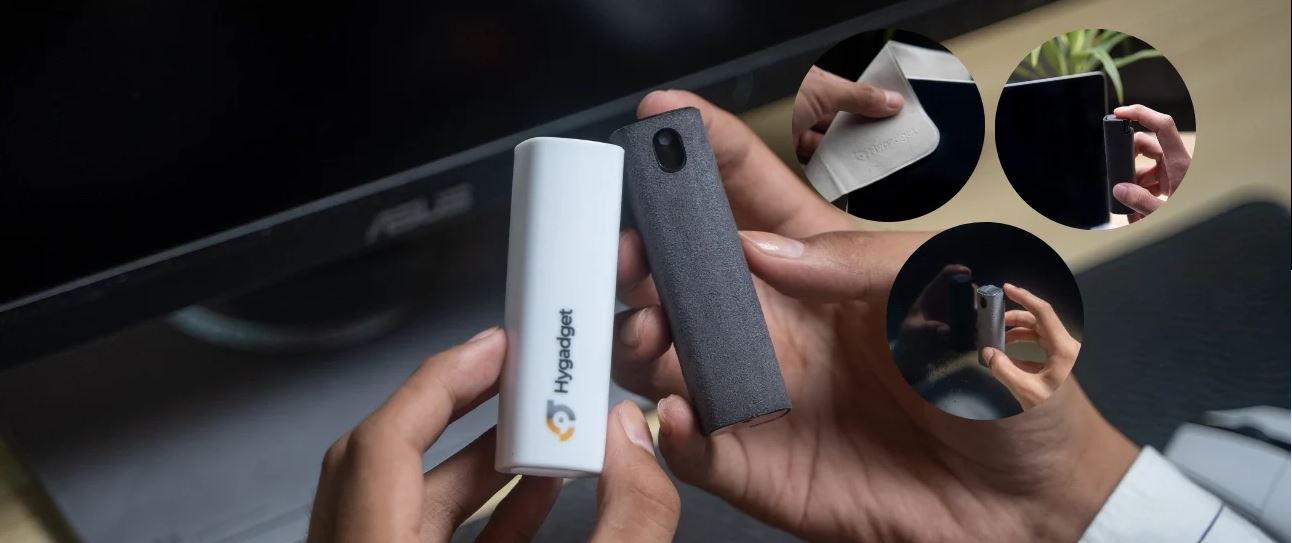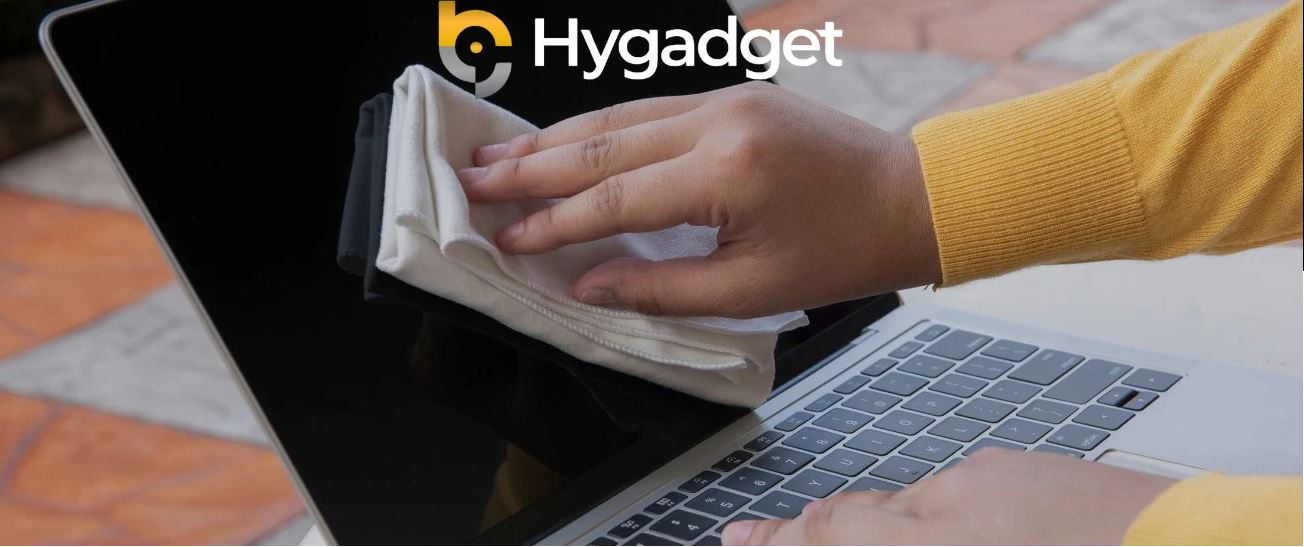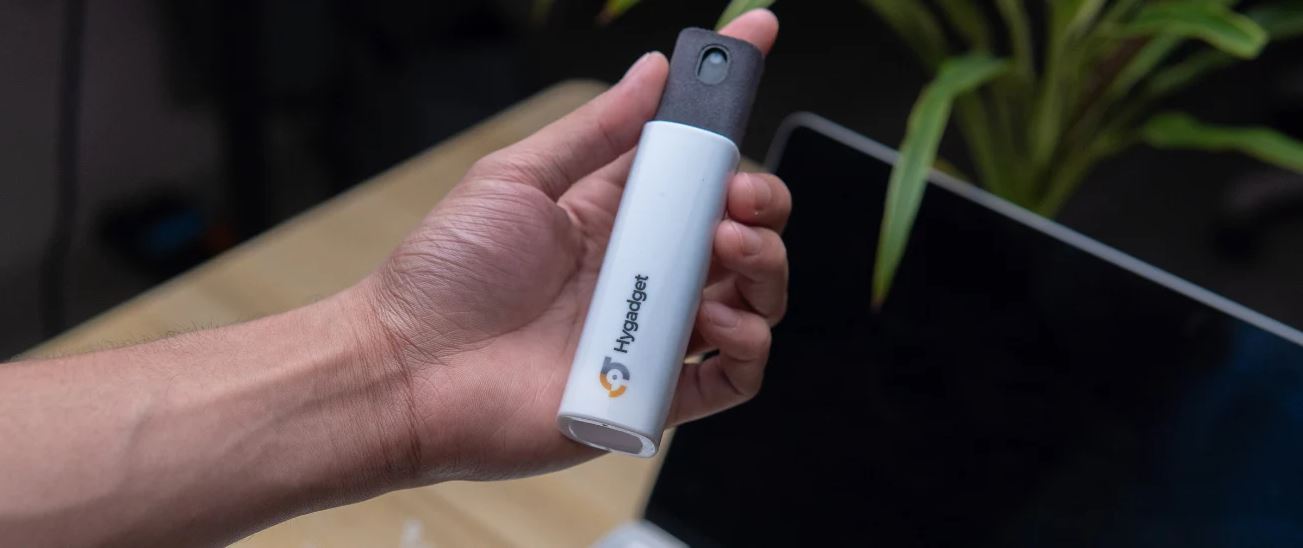From Smartphones, and laptops to our televisions, these devices have become a daily use and have been integrated into our lives for communication efficiency and entertainment purposes. However, the frequent handling and exposure to various environments make these devices a hotspot for picking up germs and bacteria.
In this guide, we’ll explore the difference between sanitizing and disinfecting your electronic displays, and answer when each method is more suitably appropriate. Furthermore, we’ll go on to provide you with a detailed, step-by-step approach to both processes to keep your screens sparkling clean and germ-free safely and effectively.
Understanding Sanitizing vs. Disinfecting
What is Sanitizing?
Sanitizing refers to reducing the number of germs on a surface to a safe level which is usually determined by public health standards. This process is less harsh than disinfecting and would be sufficient enough for everyday maintenance of your devices that are not excessively exposed to germs. Therefore sanitizing helps lower the risk of spreading infection, however does not eliminate all types of microbes. For example, State Food Safety reports that the average cell phone can harbor over 25,127 bacteria per square inch. This statistic shows the necessity of regular sanitizing for frequently used devices such as phones, tablets, and computer screens. You can find more details in their resources here.
Your phone, tablet, or computer screen typically needs sanitizing after regular use at home or work where minimal bacteria is present.
What is Disinfecting?
Disinfecting, on the other hand, involves using chemicals to kill a broader spectrum of microorganisms on surfaces. It’s the preferred method when you want to deep clean areas where there is a higher risk of germ transmission, such as in a medical setting or when someone in the household has been ill.
You’ll want to disinfect your devices especially if they have touchscreen technology and if you’ve been in public places, potentially coming into indirect contact with numerous individuals, or during flu season when virus transmission is more common.
Can I Use Disinfecting Wipes On My Laptop screen?
Yes, you can use disinfecting wipes on laptop screens, but it's essential to choose the right type. Opt for wipes that are specifically labeled as safe for electronics and are free from harsh chemicals like ammonia and bleach. These specialized wipes are designed to eliminate germs without damaging the screen's delicate surface.
Guide to Disinfecting and Sanitizing Displays
To effectively sanitize your electronic displays follow these steps:
1. Preparation
Start by turning off or unplugging your device and use a soft, lint-free microfiber cloth to gently dust off any loose debris.
2. Prepare Cleaning Solution
Sanitizing
For sanitizing your electronic displays, you’ll want to use an appropriate screen cleaner that contains Benzalkonium Chloride which is a gentler disinfectant that effectively reduces the number of germs on surfaces without the harshness of stronger chemicals. This is usually mixed with distilled water to create a mild solution that is safe for sensitive screen coatings as well so also aids in the longevity of your displays. Alternatively, you could opt for a pre-made electronic screen sanitizer that has Benzalkonium Chloride included. This formulated option for sanitizing your screens is great for everyday maintenance of your device knowing that they aren’t excessively exposed to germs.
Disinfecting
When it comes to Disinfecting Isopropyl Alcohol (70% concentration) is optimal. This concentration is strong enough to effectively kill pathogens which include viruses and bacteria, but also evaporates quickly reducing the risk of moisture damage to the electronic components. You want to sparingly use Isopropyl alcohol especially if you have devices that contain sensitive protective coatings that can become degraded by this chemical agent. Therefore it’s recommended only to use this option once in a while for deep disinfecting and in cases where you’ve been out in the public being prone to indirect contact with individuals or are in flu season.
3. Applying Solution
Apply your sanitizing or disinfecting choice of solution firstly on your microfiber cloth, then proceed to wipe the screen in a circular motion from the center outward to avoid streaking.
4. Drying
Finish by drying the screen with a clean dry microfiber cloth or use the non-damped areas of your cloth to do so.
Effective Screen Cleaning with Hyscreen Kit

The Hyscreen Kit is an ideal solution for sanitizing your electronic display without any hassles. It features a formulation that combines the gentle cleaning power of plant-derived surfactants with the purity of deionized water to prevent residue and streaks. It contains a potent preservative to ensure the solution remains effective over time without harming your device’s sensitive screen surface. This kit not only removes grime and oily residues but also maintains the protective coatings on your screens, making it a safe choice for routine cleaning of all your electronic display
Troubleshooting Common Issues
When you go onto sanitizing or disinfecting your devices here are some common issues you can avoid:
Moisture Damage and Unresponsive Touchscreen
This is caused by applying too much liquid directly onto the screen which can lead to moisture penetrating the device’s electronic internal components causing malfunction with the screen’s visual display or in some devices causing your touchscreen to be unresponsive.
Solution: Always apply liquids to a cleaning cloth rather than applying directly to your screen. If moisture has seeped inside the device’s electronic components and you notice your device starts to malfunction, turn off your device immediately and allow for it to completely dry naturally for 2 to 3 hours in a nice cool area. For a detailed guide on how to address and possibly fix a water-damaged phone, refer to the comprehensive steps provided by Android Authority in their article, which can be accessed here.
Screen Discoloration
This usually happens with some devices when harsh chemicals damage the screen’s protective coating which could lead to discoloration.
Solution: Avoid harsh cleaners that contain alcohol or ammonia. Try a milder cleaning solution that is specifically formulated for electronic displays. Look for products that are labelled as safe for screens or use a homemade solution of equal parts distilled water and white vinegar.






